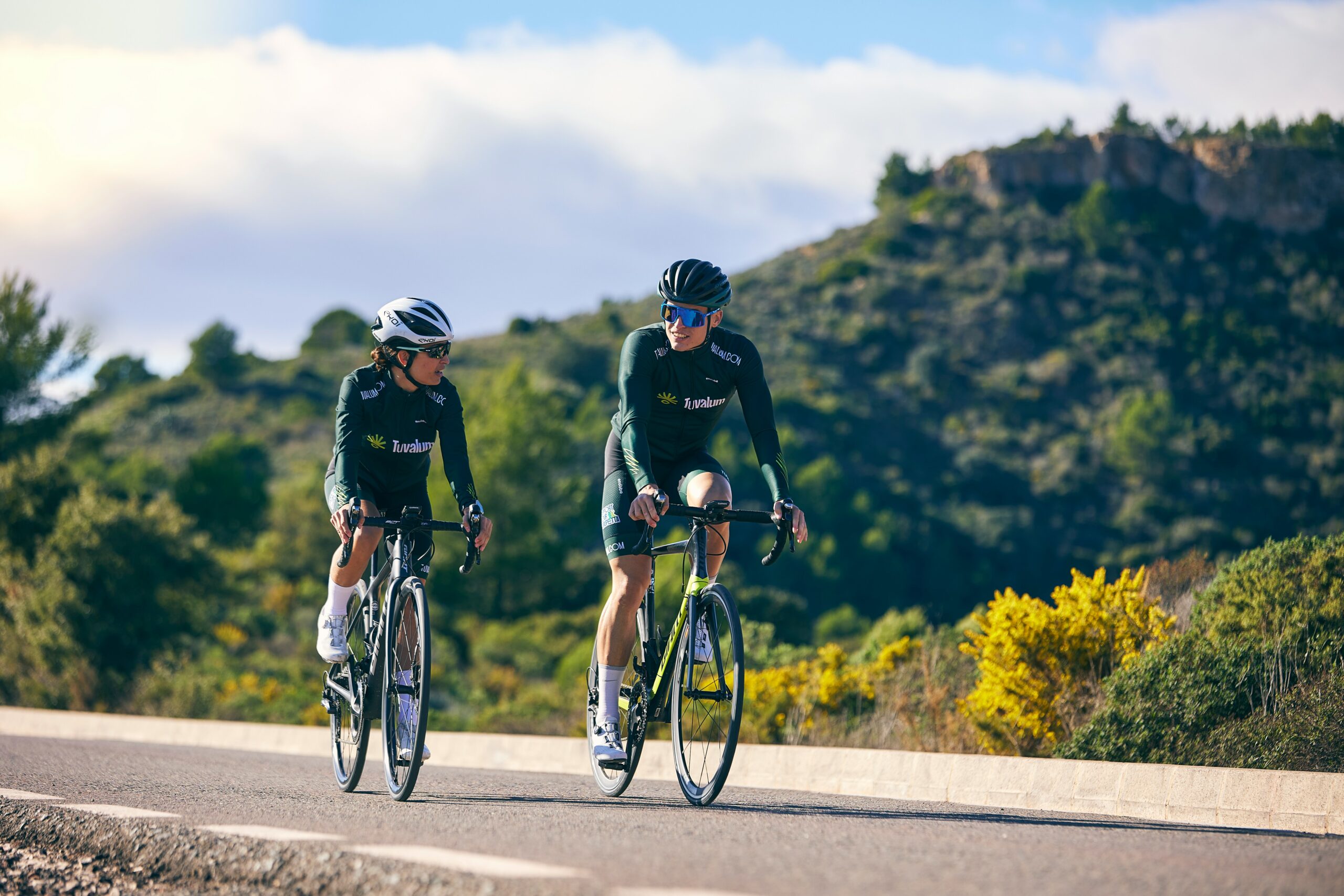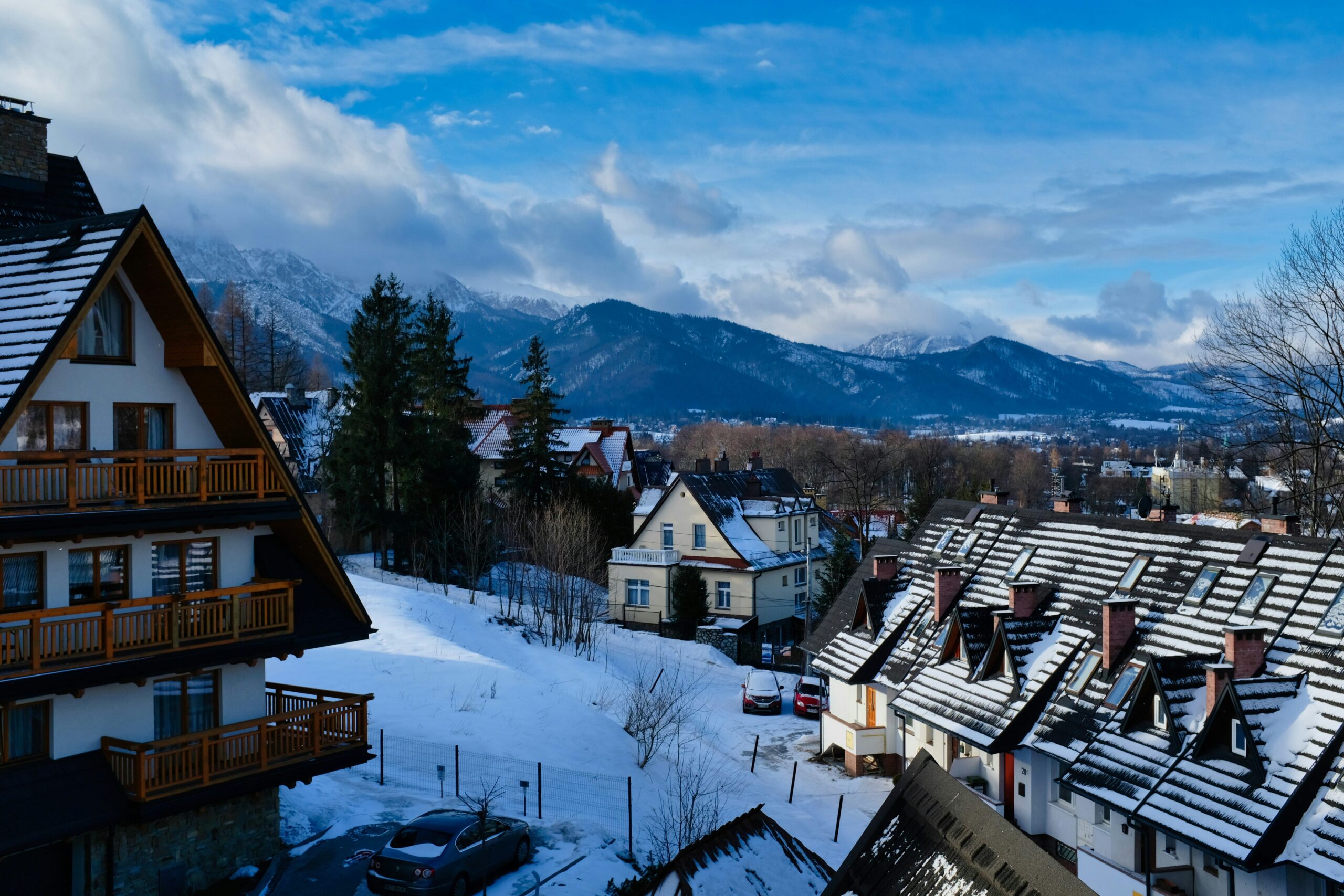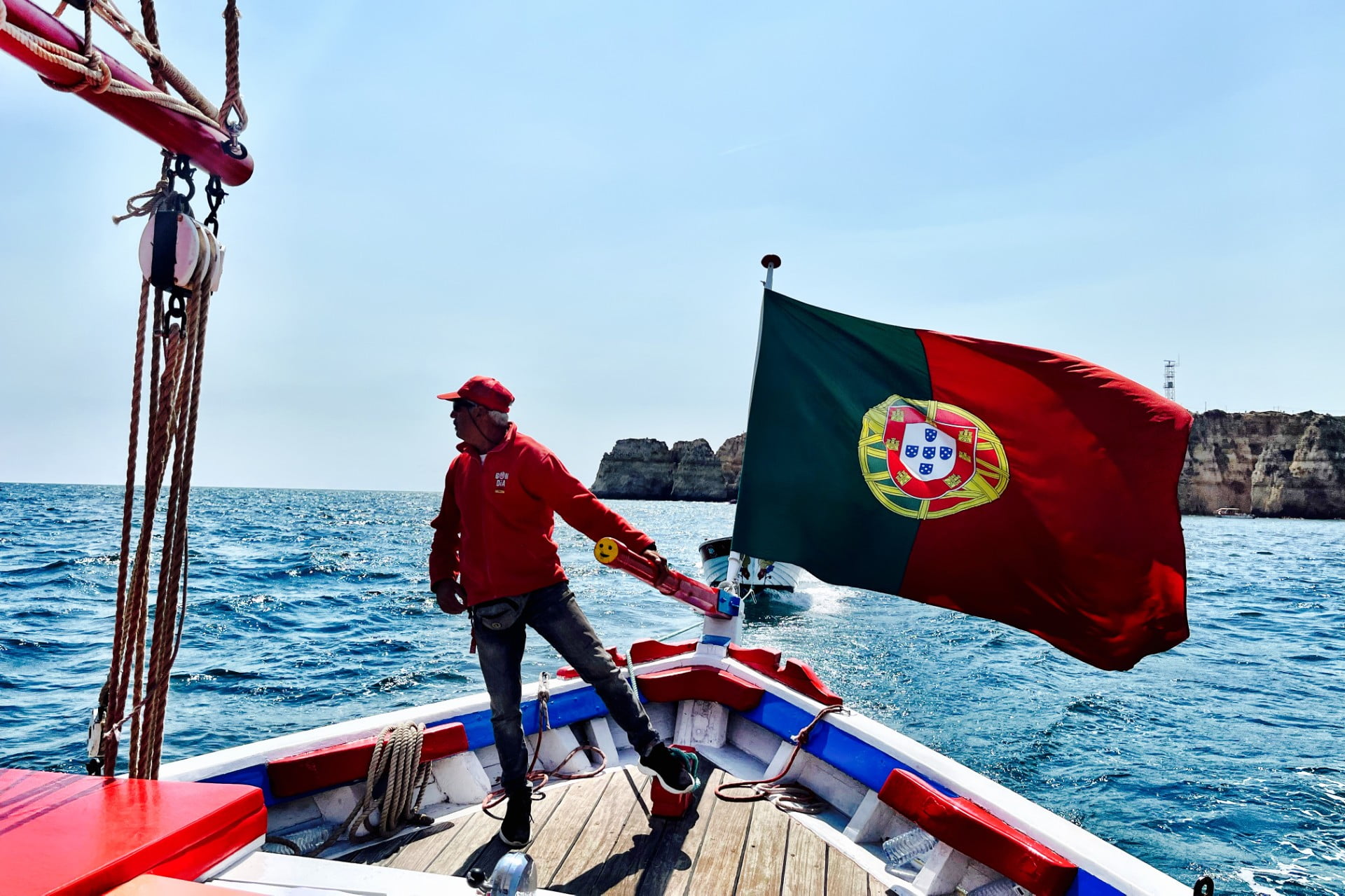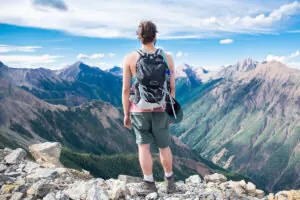Nicaragua: A Paradise for Sustainable Travel, Volcanoes, Beaches, and Remote Cafés
Between the Pacific Ocean and Caribbean Sea lies Nicaragua—a country of striking contrasts and raw beauty that’s quietly establishing itself as Central America’s most compelling destination for environmentally conscious travelers. While its neighbors capture headlines, Nicaragua offers something increasingly rare: an unfiltered experience where adventure meets authenticity, all wrapped in sustainable practices that benefit local communities.
What makes Nicaragua truly special isn’t just its dramatic landscapes of smoking volcanoes and pristine beaches, but the genuine warmth of its people and the country’s commitment to preserving its natural treasures. From volcanic hiking trails to remote island getaways, Nicaragua welcomes those seeking meaningful connections with both nature and culture.
The Authentic Appeal of Nicaragua’s Growing Tourism Scene
Nicaragua has evolved organically as a destination that rewards the curious traveler. Unlike more commercialized destinations, it maintains a refreshing authenticity that feels increasingly precious in today’s world of over-tourism. Here, you’ll find experiences rather than attractions, and connections rather than transactions.
The country has also emerged as an unexpected haven for remote workers and digital nomads. With improving internet infrastructure in key locations and innovative cafés appearing in scenic spots—from colonial city courtyards to jungle-fringed beaches—Nicaragua provides productive workspaces in extraordinary settings.
This appeal extends beyond the digital workforce to all travelers seeking value. Your budget stretches significantly further here than in North America, Europe, or even neighboring Costa Rica, without sacrificing quality experiences. A meal at a local comedor might cost just $3-5, while boutique accommodations often run under $50 per night.
Cultural Immersion: Language, Traditions, and Local Life
Nicaragua’s cultural mosaic reflects centuries of diverse influences. The Pacific region showcases Spanish colonial heritage in cities like Granada and León, while the Caribbean coast vibrates with Afro-Caribbean rhythms, Garifuna traditions, and the distinct English-Creole language of communities like Bluefields.
Spanish serves as the common tongue throughout most of Nicaragua, though English speakers can navigate tourist areas comfortably. Learning even basic Spanish phrases—”Buenos días” (good morning), “Gracias” (thank you), or “¿Cuánto cuesta?” (how much does it cost?)—demonstrates respect and opens doors to more meaningful interactions.
The Nicaraguan córdoba (NIO) is the official currency, with approximately 36 córdobas equaling one US dollar. While dollars are accepted in tourism hubs, carrying some local currency enhances your experience, especially when visiting local markets or rural communities where cash remains essential.
Embracing Sustainable Travel Principles
Sustainable tourism in Nicaragua isn’t just marketing—it’s a necessity for a country balancing development with environmental preservation. Your choices as a visitor directly impact local communities and ecosystems.
Consider staying at establishments with clear environmental commitments. Finca Esperanza Verde near Matagalpa operates entirely on renewable energy and supports reforestation efforts. Jicaro Island Lodge near Granada employs local staff and was constructed using timber reclaimed from hurricane damage.
Transportation choices matter significantly. Nicaragua’s colorfully painted “chicken buses” (repurposed American school buses) offer not only reduced carbon emissions through shared transport but also cultural immersion as you travel alongside locals. For guided experiences, seek out operators like Alianza Tours, which trains guides from local communities and implements waste reduction practices.
Supporting local artisans preserves traditional crafts and keeps tourism dollars in the community. The ceramics of San Juan de Oriente and the handwoven textiles from indigenous cooperatives make meaningful souvenirs with stories behind them.
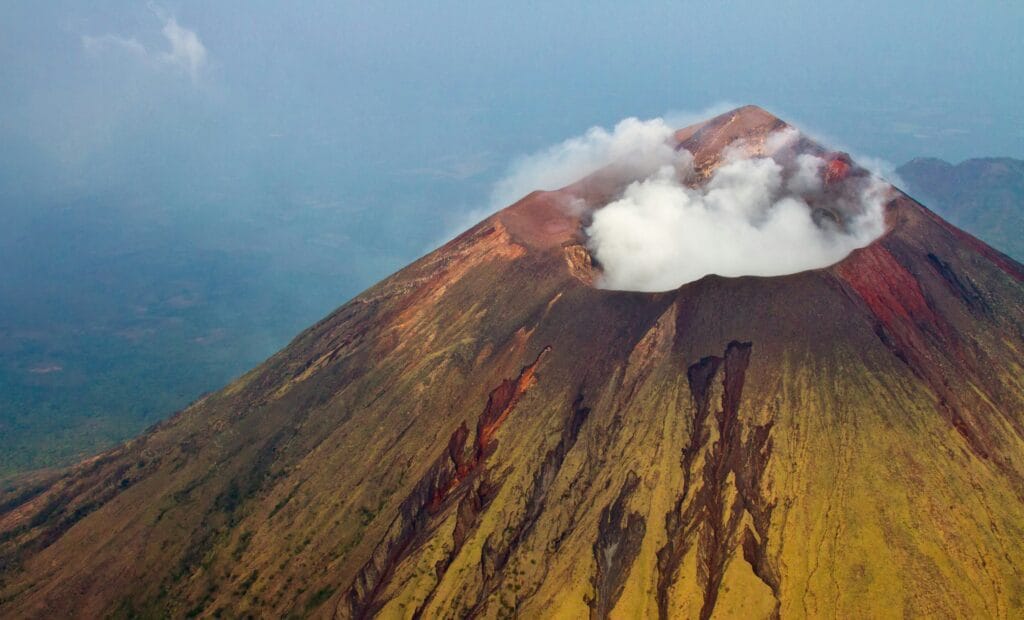
Nature’s Dramatic Canvas: Volcanoes, Lakes, and Wilderness
Nicaragua’s natural landscape feels primordial—a place where the earth still actively shapes itself. The country’s volcanic spine includes both dormant giants covered in cloud forests and active peaks offering spectacular lava viewing opportunities.
Masaya Volcano National Park allows visitors the rare chance to peer into an active crater with visible magma—a mesmerizing sight especially at night. For the adventure-minded, volcano boarding down Cerro Negro’s steep black ash slopes delivers an adrenaline rush while leaving minimal environmental impact.
Lake Nicaragua—the largest freshwater lake in Central America—hosts its own treasures. Ometepe Island, formed by twin volcanoes rising dramatically from the water, offers pristine beaches, natural springs, and pre-Columbian petroglyphs. The lake’s ecosystem supports unique wildlife, including freshwater sharks and vibrant bird populations.
The country’s protected areas showcase remarkable biodiversity. El Chocoyero-El Brujo Nature Reserve near Managua features howler monkeys and the Pacific parakeets that give the reserve its name, while Indio Maíz Biological Reserve in the southeast protects some of Central America’s largest remaining rainforest.
Coastal Escapes: Beyond the Typical Beach Experience
Nicaragua’s 565 miles of coastline remain remarkably undeveloped compared to neighboring countries, offering beaches that range from world-class surf breaks to tranquil bays perfect for swimming and snorkeling.
On the Pacific coast, San Juan del Sur serves as a gateway to numerous beaches. While the town itself buzzes with energy, nearby crescent bays like Playa Maderas and Playa Hermosa offer more secluded experiences where sea turtles nest seasonally and conservation efforts actively protect these endangered creatures.
The Corn Islands in the Caribbean Sea present a different coastal experience altogether. Reaching Little Corn Island requires effort—a flight to Big Corn followed by a boat journey—but rewards visitors with car-free pathways, crystalline waters teeming with marine life, and an unhurried pace that feels increasingly rare. Sustainability-focused accommodations like Yemaya Island Hideaway incorporate rainwater collection systems and farm-to-table dining.
For wildlife enthusiasts, the mangrove estuaries of Juan Venado Nature Reserve near León offer kayaking expeditions through a critical ecosystem where caimans, herons, and countless bird species thrive.
Digital Nomad Havens: Working Amid Extraordinary Backdrops
Nicaragua’s expanding digital infrastructure has created unexpected opportunities for combining productivity with exploration. The colonial city of Granada leads this development with spaces like Garden Café, where remote workers can enjoy reliable internet connections in a lush courtyard setting while supporting the café’s community education initiatives.
León’s intellectual heritage as a university town translates to excellent cafés like Pan y Paz, which serves organic coffee grown in nearby mountains while offering comfortable workspaces. In beach towns, places like Nueve Nicaragua in San Juan del Sur provide co-working facilities with ocean views and networking opportunities with fellow location-independent professionals.
The digital nomad community remains tight-knit compared to established hubs like Bali or Medellín, creating an atmosphere where connections happen naturally and community-led events spring up organically. Many remote workers find themselves extending planned week-long stays into months as they discover Nicaragua’s combination of affordability, natural beauty, and growing infrastructure perfectly suits their lifestyle.
Culinary Journeys: From Street Food to Farm Experiences
Nicaraguan cuisine reflects the country’s agricultural abundance, with regional variations that tell the story of its diverse cultural influences. Beyond the ubiquitous gallo pinto (seasoned rice and beans), explore vigorón—yucca topped with chicharrón (crispy pork) and cabbage slaw—or indulge in fresh seafood ceviches along the coasts.
Coffee enthusiasts find paradise in the northern highlands, where small-scale producers create some of Central America’s finest beans. Tours of farms like Selva Negra near Matagalpa demonstrate sustainable growing practices while explaining coffee’s journey from seed to cup. The experience culminates in tasting sessions where the complex flavors reflect Nicaragua’s volcanic soils and microclimate.
Culinary workshops offer deeper immersion—learn to make traditional corn tortillas by hand or master the art of cooking nacatamales (meat and vegetable-filled parcels steamed in banana leaves). These experiences connect travelers directly with Nicaragua’s food traditions while creating meaningful exchanges with local cooks.
For those interested in sustainable agriculture, farms like Tierra Madre outside Granada welcome visitors to learn about permaculture techniques adapted to tropical environments—sometimes offering volunteer opportunities for longer-term travelers.
Practical Guidance for Responsible Exploration
To maximize positive impact during your visit:
- Conserve water, particularly in drier regions like León and northern Nicaragua, where resources can be limited.
- Choose reef-safe sunscreen when swimming in Nicaragua’s fragile marine environments, especially around coral reefs near the Corn Islands.
- Respect wildlife viewing guidelines—keep proper distances from animals and never feed them, disrupting natural behaviors.
- Research tour operators thoroughly—look for those employing local guides and clearly articulating their sustainability practices.
- Consider carbon offset programs for your flights to Nicaragua through organizations like CarbonFund or Cool Effect.
While Nicaragua has made significant strides in safety for travelers, standard precautions apply—secure valuables, avoid isolated areas after dark, and register with your embassy if staying for extended periods.
The Essence of Nicaragua: Authenticity in an Over-Curated World
What distinguishes Nicaragua isn’t just its natural wonders or cultural heritage, but the genuine quality of experiences it offers. In an age where many destinations feel manufactured for social media, Nicaragua presents something increasingly precious: authenticity.
Whether you’re watching the sunset from a volcanic crater, sharing stories with local fishermen on Little Corn Island, or simply enjoying the rhythm of rocking chairs on Granada’s porches, Nicaragua invites you to experience travel as it should be—connected, conscious, and transformative.
As tourism continues developing here, travelers have a unique opportunity to help shape its direction toward models that benefit communities and ecosystems alike. By choosing sustainable options now, we contribute to Nicaragua’s promise as a destination where responsible tourism thrives and authentic experiences endure for generations to come.
Related Post: Destinations for Relaxation and Wellness: Spas and Yoga Retreats

